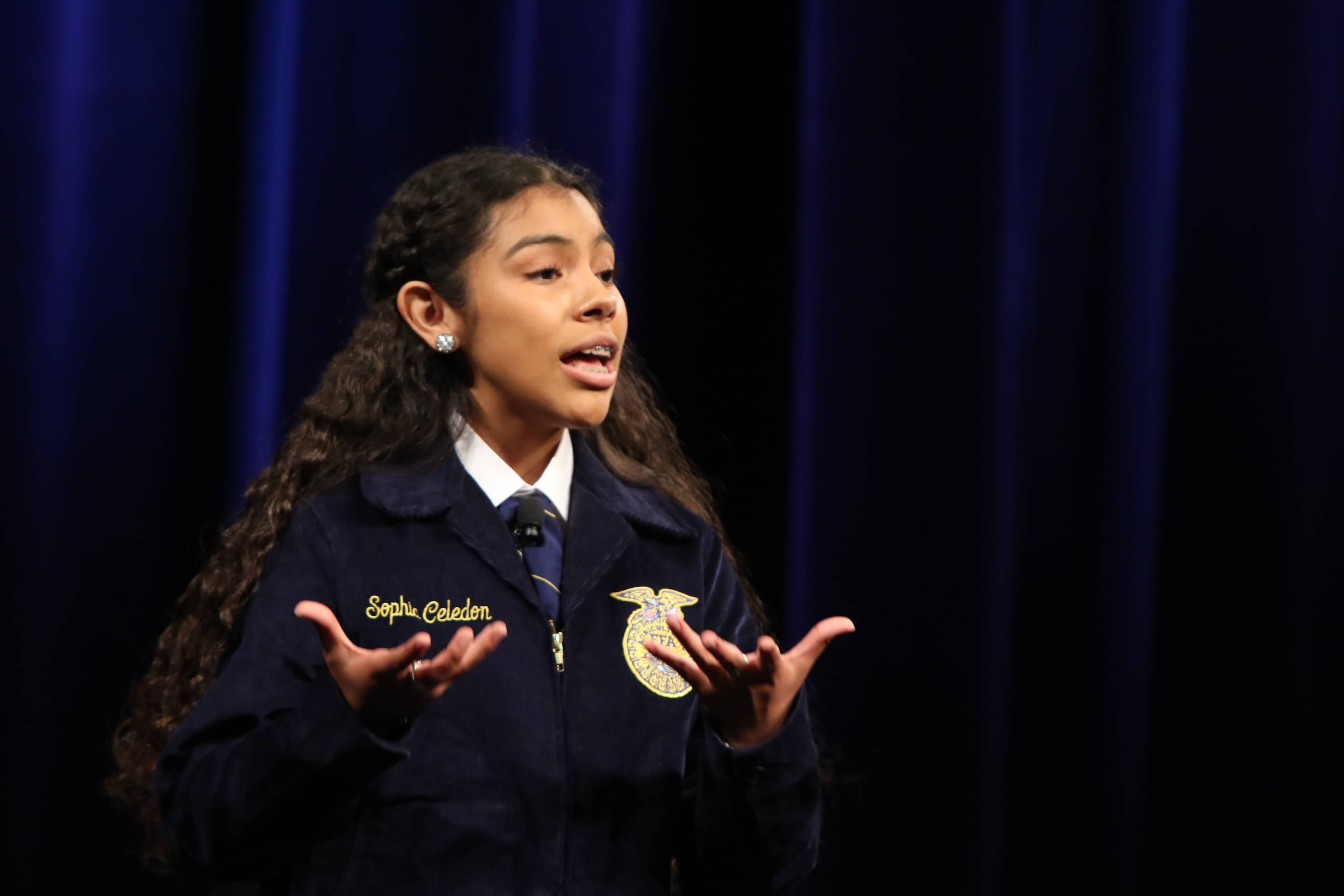In an era when consumers want to know where their food comes from and how it was grown or raised, we asked three #SpeakAg Ambassadors how to effectively communicate with consumers.
Q: Where do consumers get most of their information about agriculture?
A: In my experience, consumers get most of their information about agriculture from two main sources: personal experiences and the media. Personal experiences are very compelling and common in places like Iowa and other rural communities steeped in agricultural tradition. Even those of us who don’t live on farms, myself included, most likely know someone who is directly connected to agriculture, or we see production agriculture in our everyday lives. However, roughly 80 percent of Americans live in urban areas, according to the last census, so many people aren’t able to have these direct experiences because of where they live.
– Grace Long, Iowa
Q: What are some effective methods for communicating with consumers about food production and food safety?
A: Some examples are short, informative video clips that can be shared on social media platforms, shorter articles or fact posts about these topics, as well as in-person conversations with others. The way that you communicate with consumers varies depending on their agriculture background, age and other variables. You just have to assess your target audience and create an action plan for how you can best reach them!
– Hope Showalter, Virginia
Q: How do you prepare to share agriculture’s story with consumers?
A: The best stories are the ones that you connect with. If you can find a way to tell agriculture’s story in a way that has directly impacted you, it helps your audience develop a personal connection with agriculture. One of the best ways to achieve that is to look at it from their point of view. Once you understand why they feel the way they feel, you’ll be able to bridge the gap between their beliefs and yours.
– Devin Rossa, Arizona
Learn more about agricultural literacy and advocacy.
Thank you to our Agricultural Literacy and Advocacy sponsors, Dominos, Merck, Bayer, Growth Energy, Smithfield and Valent.












